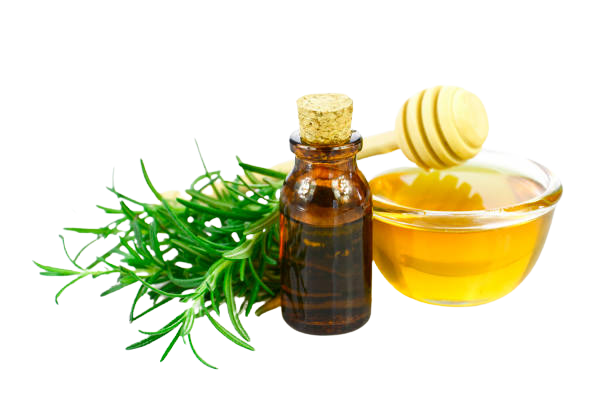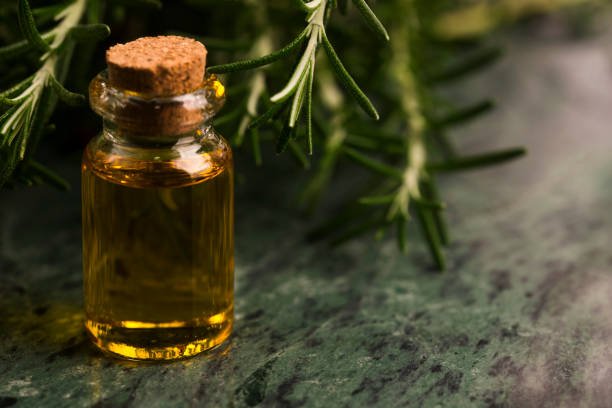Crude Sulphate Turpentine
Crude sulfate turpentine (also known as sulfate wood turpentine) is a derivative product of turpentine acquired via the distillation of resin occurring in live trees, particularly pines. It is a flammable fluid which is insoluble in water but dissolves in certain solvents. Crude sulfate turpentine is obtained as a byproduct of the Kraft process with the help of substrates and catalysts. Crude sulfate turpentine comprises terpene hydrocarbons and miscellaneous sulfur compounds.

- Overview
- Application
- Spesification
Crude Sulfate Turpentine (CST), also known as Crude Tall Oil (CTO), is a by product obtained during the Kraft pulping process of wood in the paper and pulp industry. It is primarily derived from softwood, such as pine trees, and is separated from the black liquor generated during the pulping process.
Here's an overview of Crude Sulfate Turpentine:
Source: CST is obtained from the Kraft pulping process, which involves cooking wood chips or logs in a chemical solution called white liquor. The white liquor contains sodium hydroxide (NaOH) and sodium sulfide (Na2S), which breaks down the lignin in the wood and separates the wood fibers from other components.
Composition: CST is a mixture of various compounds, including terpenes, tall oil rosin, fatty acids, and other extractives from the wood. The exact composition may vary depending on the wood source and the pulping process.
Extraction: After the cooking process, the wood fibers are separated from the pulping liquor, which is now called "black liquor." CST is obtained by further processing the black liquor to recover valuable components.
Applications: CST is a versatile product with multiple applications in various industries. Some common uses include fragrances and flavors, solvents, chemical intermediates, biofuels, cleaning products, adhesives, insecticides, and more.
Refinement: Depending on the desired end-use, crude sulfate turpentine may undergo further refinement and fractionation to separate specific compounds, such as terpenes, for various applications.
Sustainable Resource: CST is considered a renewable resource as it is obtained as a byproduct of the paper and pulp industry. The utilization of CST contributes to the sustainable management of wood resources.
Environmental Considerations: CST provides a more eco-friendly alternative to certain petroleum-based products due to its natural origin and renewability. However, like any chemical product, it should be handled and used responsibly to minimize its impact on the environment.
Overall, Crude Sulfate Turpentine is an important byproduct that finds diverse applications in various industries, contributing to the efficient utilization of wood resources and promoting more sustainable practices.
Crude Sulfate Turpentine (CST), also known as Crude Tall Oil (CTO), is a versatile byproduct with several practical applications in various industries. Here are some common applications of CST:
Fragrances and Flavors: CST contains terpenes, which are aromatic compounds responsible for the characteristic scent of pine trees. These terpenes can be further refined to extract valuable aroma chemicals used in the perfume and flavoring industries. CST-derived compounds are used to create a range of fragrances and flavorings in products such as perfumes, air fresheners, and food additives.
Solvents: CST can be used as a natural solvent in various applications, including paints, coatings, and adhesives. It serves as an eco-friendly alternative to petroleum-based solvents, contributing to environmentally friendly formulations.
Chemical Intermediates: Crude sulfate turpentine can serve as a feedstock for the production of various chemicals. Through further processing and refining, it can be converted into valuable chemical intermediates used in the synthesis of resins, rubber additives, and other specialty chemicals.
Biofuels: Due to the presence of terpenes and other compounds, CST can be used as a potential feedstock for biofuel production. By converting the terpenes into advanced biofuels, it can contribute to reducing the reliance on fossil fuels.
Cleaning Products: CST can be used in the formulation of cleaning products such as household cleaners and industrial degreasers due to its solvent properties and natural origin.
Adhesives and Sealants: Crude sulfate turpentine can be incorporated into adhesives and sealants to improve their performance and enhance their eco-friendliness.
Insecticides and Pesticides: Some of the compounds found in CST have insecticidal properties. As a result, they can be used in the formulation of certain insecticides and pesticides for agricultural and household use.
Medical and Pharmaceutical Applications: Certain terpenes present in CST have been studied for their potential medicinal properties. They may have antimicrobial, anti-inflammatory, or antioxidant effects, leading to possible applications in the medical and pharmaceutical industries.
Industrial Applications: CST can find use in various industrial processes, such as metalworking and lubricants, due to its lubricating and emulsifying properties.
Other Uses: CST is also used in the production of specialty chemicals, ink formulations, and as an additive in animal feed.
It's important to note that the suitability of crude sulfate turpentine for specific applications may depend on its composition, quality, and further processing. Before using CST in any application, it's essential to understand its properties and ensure it meets the required standards for the intended purpose. Additionally, proper handling and safety precautions should be followed during its use and application.
| Component | Typical Content (% by weight) |
|---|---|
| Terpenes (alpha-pinene, beta-pinene, etc.) | 60-75% |
| Tall Oil Rosin | 10-20% |
| Fatty Acids (oleic acid, linoleic acid, etc.) | 5-15% |
| Other Extractives | 5-10% |
- Terpenes: CST contains a significant amount of terpenes, which are aromatic hydrocarbons responsible for the characteristic pine scent. These terpenes include alpha-pinene, beta-pinene, delta-3-carene, and others.
- Tall Oil Rosin: CST also contains tall oil rosin, a mixture of resin acids derived from the wood's natural resin. The rosin content in CST can vary based on the extraction process.
- Fatty Acids: Along with terpenes and rosin, CST includes fatty acids, such as oleic acid, linoleic acid, and others.
- Other Extractives: CST may contain additional extractives and impurities, depending on the wood source and pulping process.
It's important to note that CST is typically not used as is; it undergoes further processing and refining to separate its components for specific applications. These refining steps may include distillation, fractionation, and other separation techniques to obtain more pure and specific compounds for different industries.



